폭스바겐 6세대 골프 (고효율 엔진과 변속기, 친환경, 다양한 안전 및 편의장비)
10월부터 유럽에서 판매될 예정...
엔진
디젤 - 90마력, 110마력(22km/ℓ), 140마력(20km/ℓ), 170마력
가솔린 - 80, 102, 122, 160마력 (직분사 터보 TSI)
변속기
수동/ 자동 6단 DSG/ 자동 7단 DSG
(그림을 클릭하면 크게 볼 수 있음)
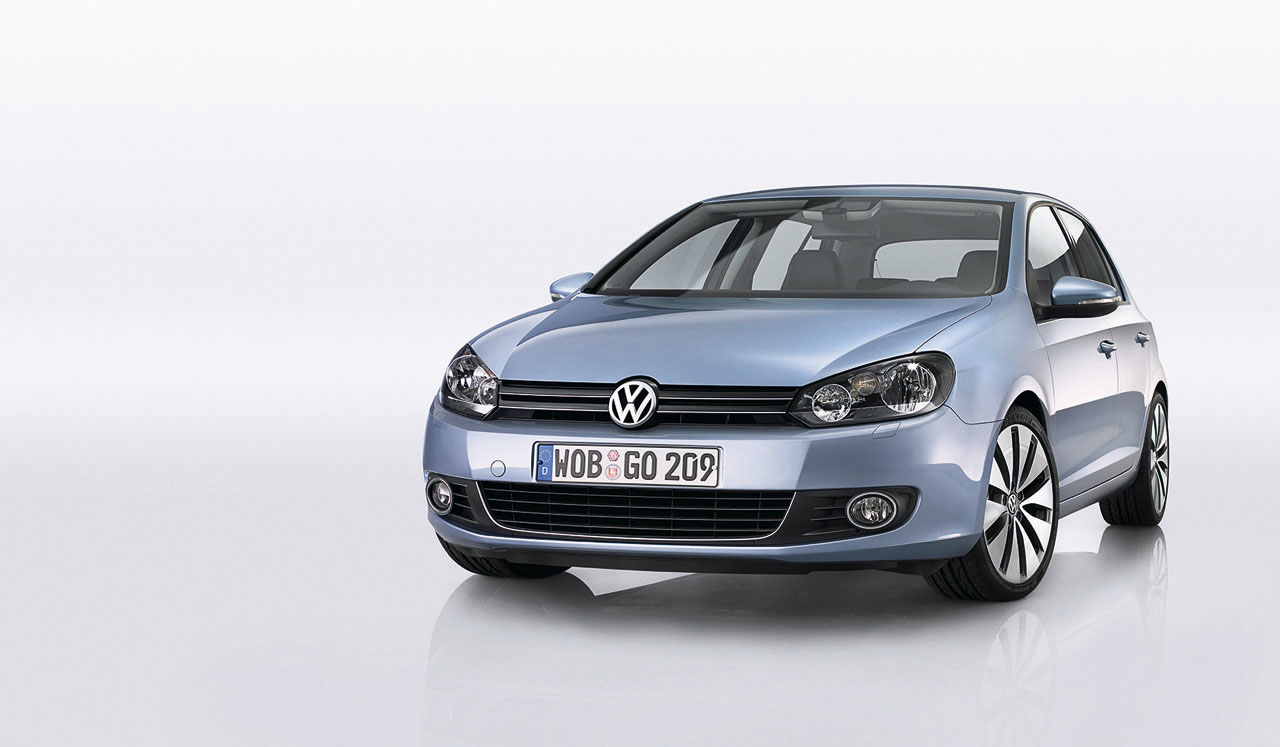
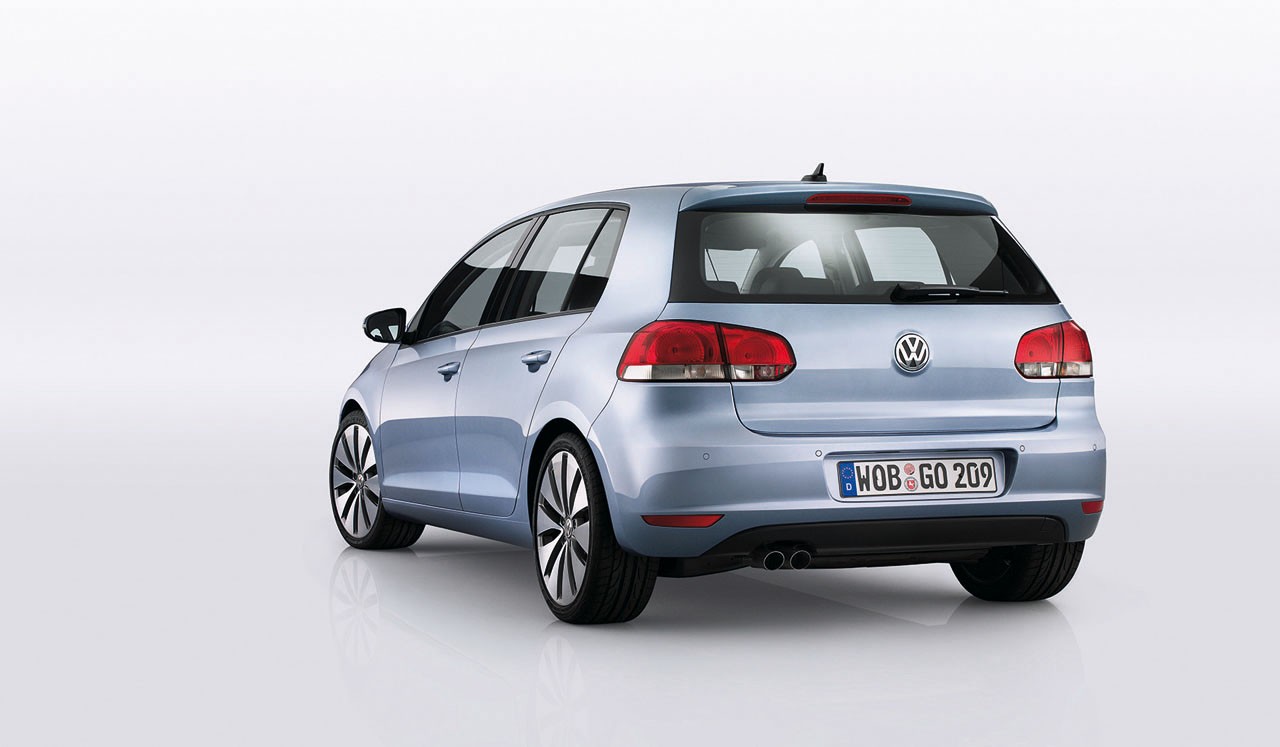
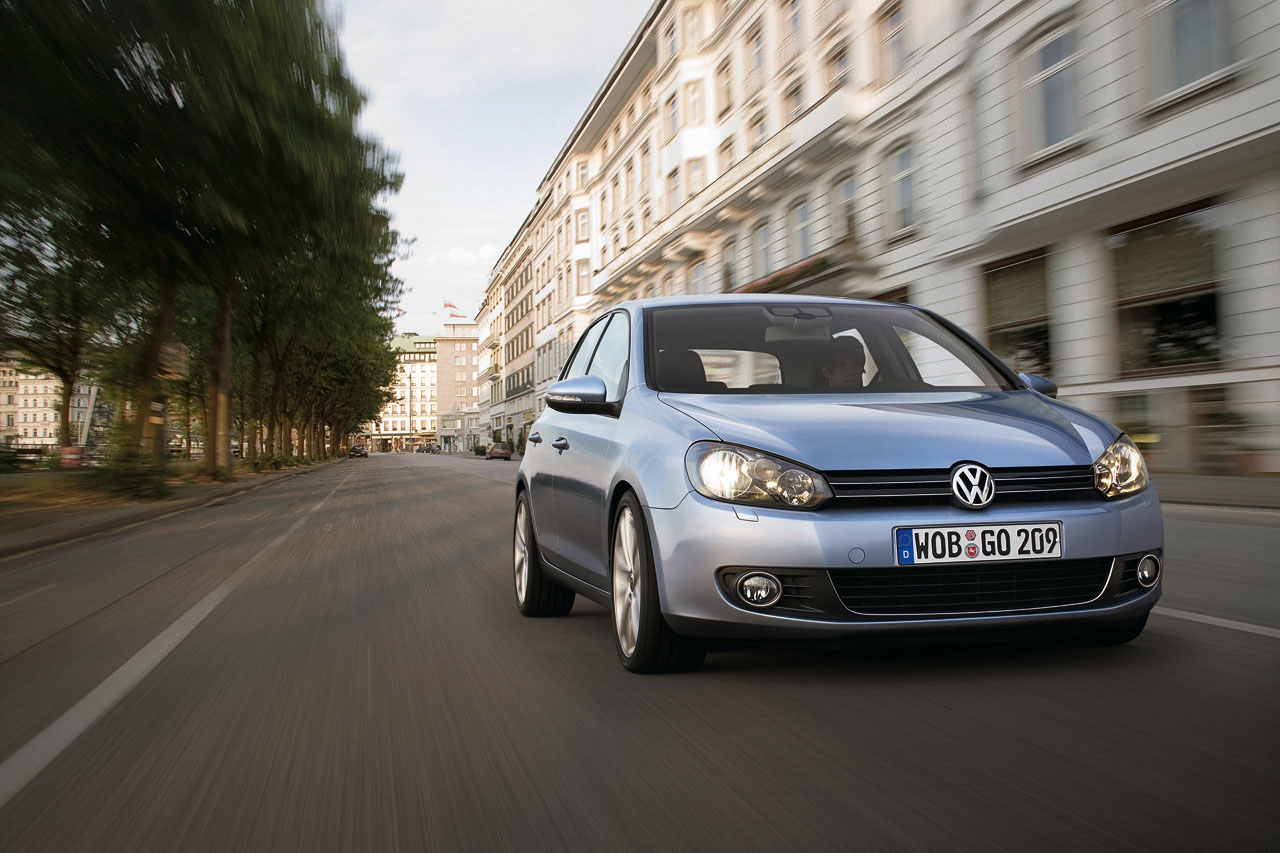
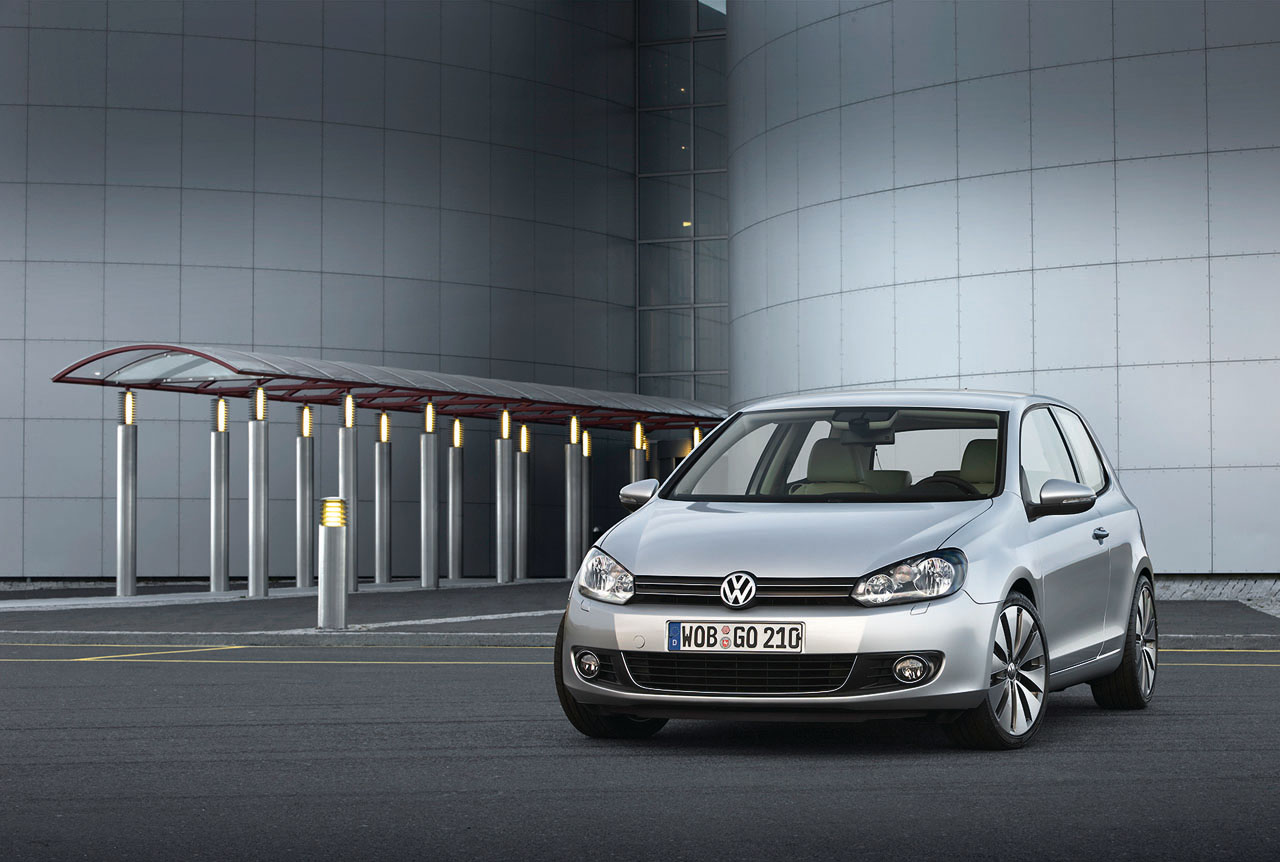
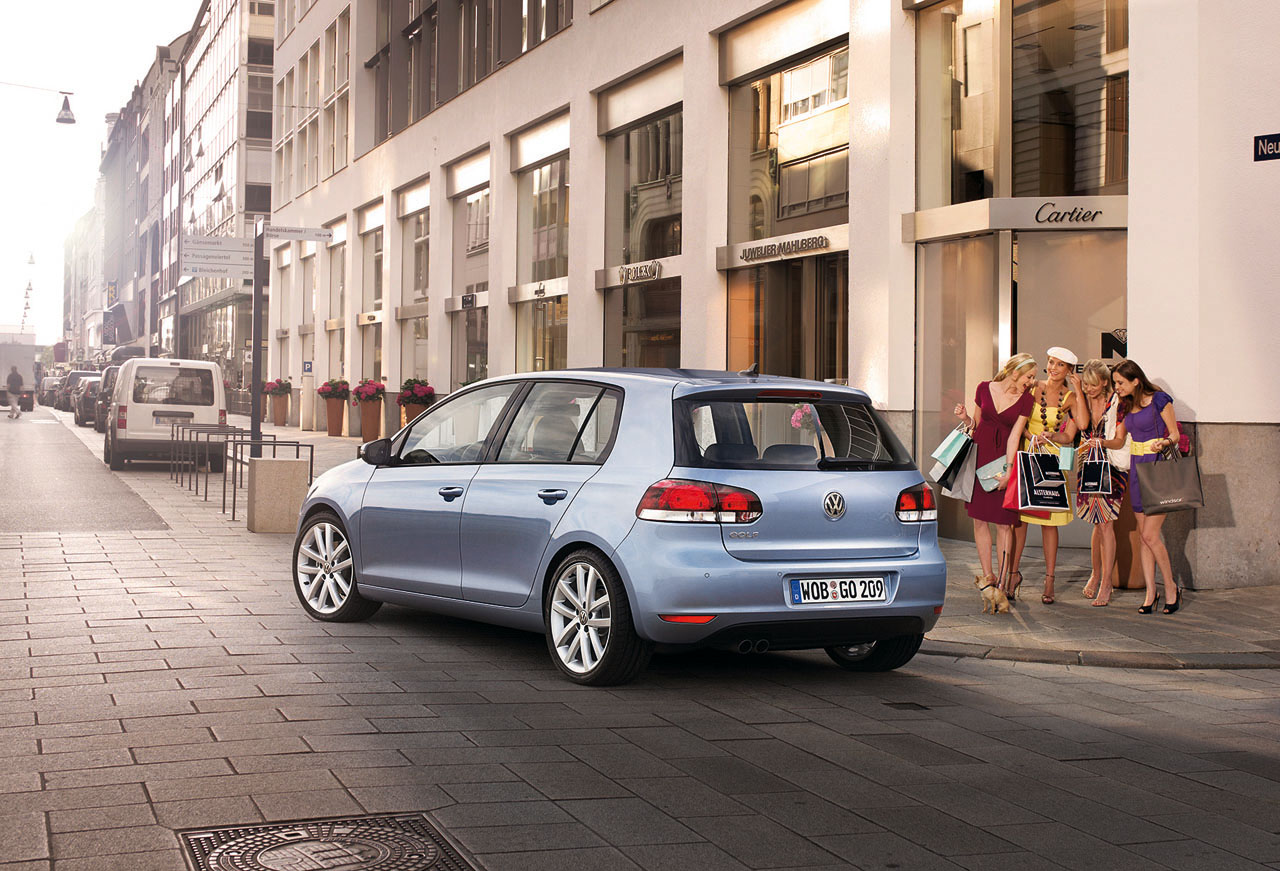
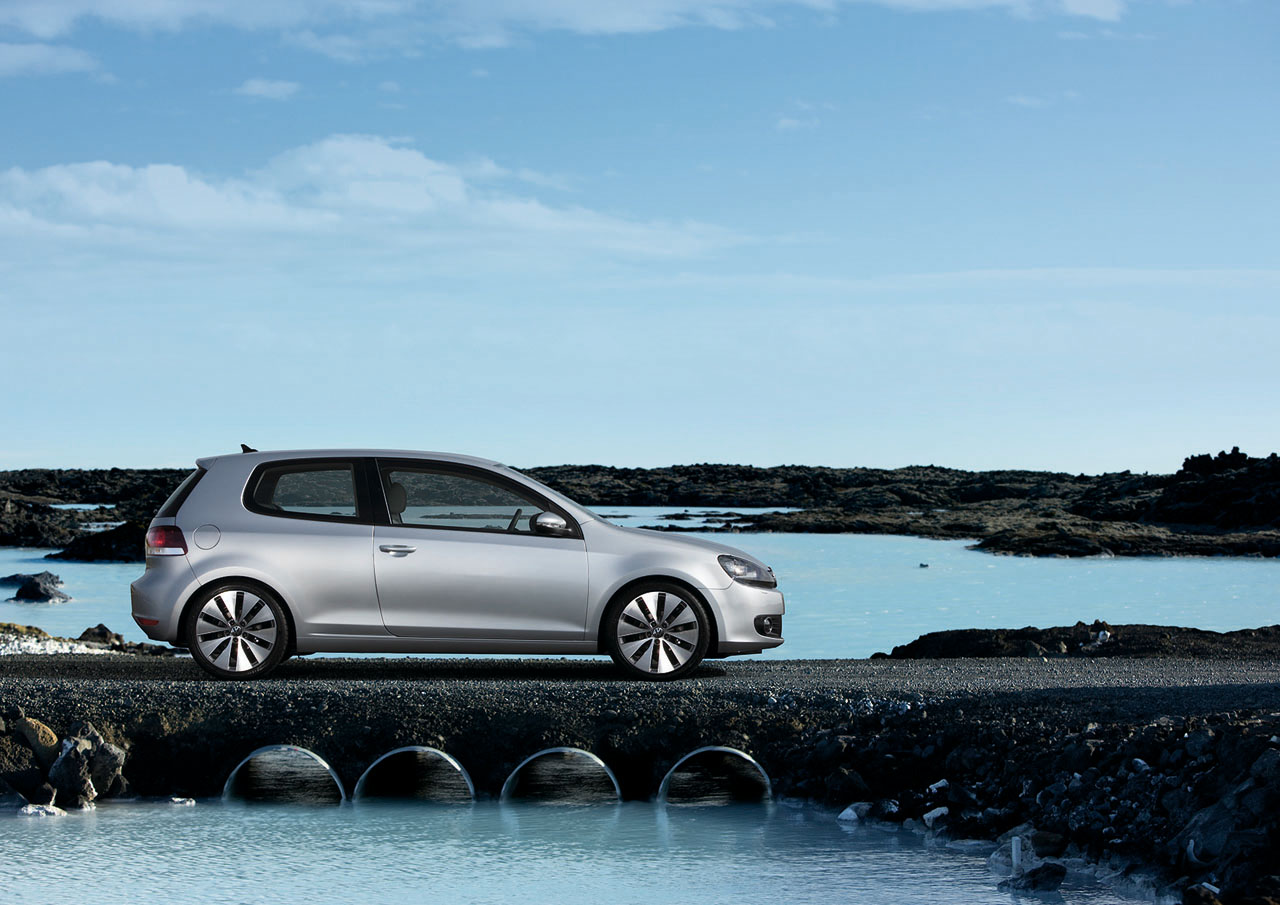
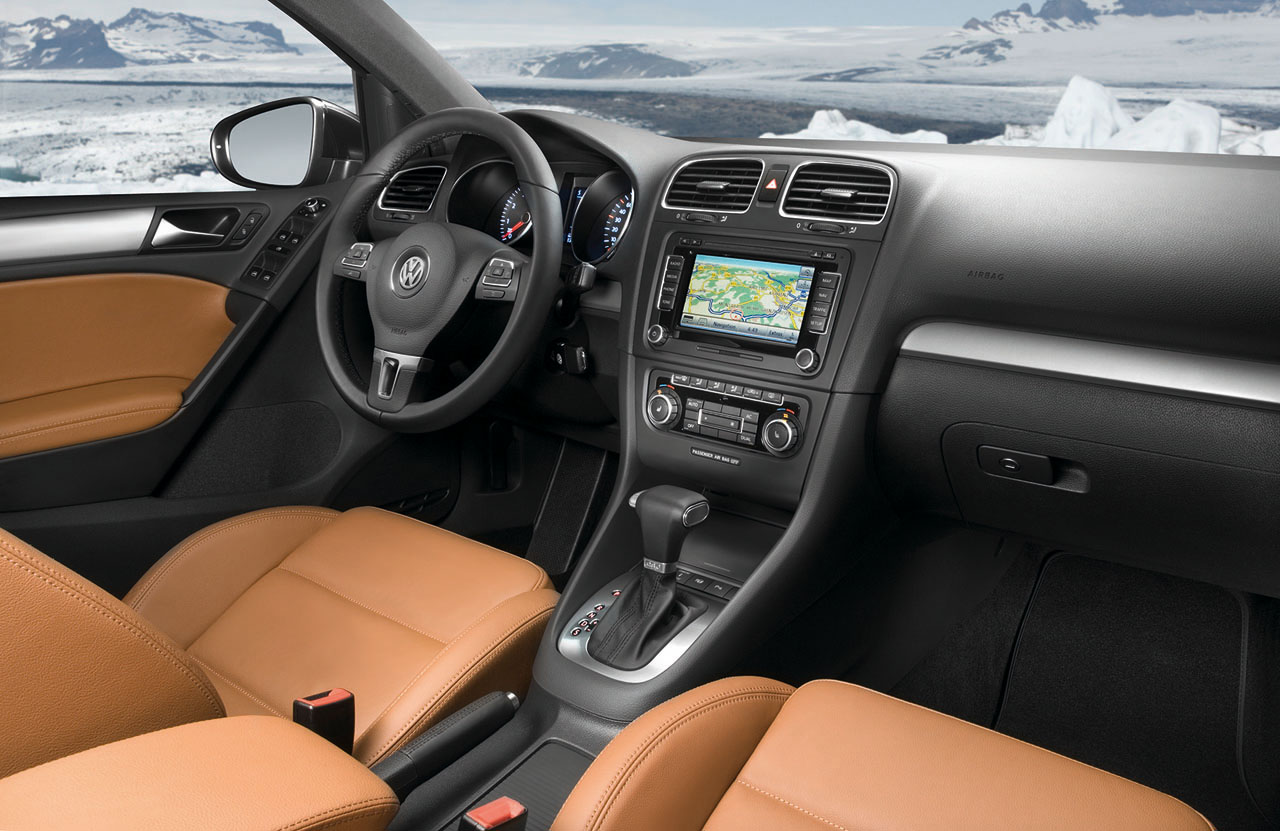
10월부터 유럽에서 판매될 예정...
엔진
디젤 - 90마력, 110마력(22km/ℓ), 140마력(20km/ℓ), 170마력
가솔린 - 80, 102, 122, 160마력 (직분사 터보 TSI)
변속기
수동/ 자동 6단 DSG/ 자동 7단 DSG
New Volkswagen Golf
The Best Golf of All Times
New Golf design points the way to Volkswagen’s future
TDI, TSI and DSG systems improve fuel economy by up to 28 percent
First Golf with adaptive chassis and automatic distance control
Volkswagen is unveiling its most important automotive secret of the year: the new Golf. The car – Europe’s most successful with more than 26 million sold – was improved in all areas. "This sixth generation of Golf cars will completely redefine the quality and comfort level of its class over broad categories, offering more customer value than ever before", says Prof. Dr. Martin Winterkorn, Chairman of the Board at Volkswagen AG. The European market launch of the new Golf will begin in October; following in succession will be Africa, Asia, Australia and North America. The entry price for the German market is around 16,500 Euros.
TDI, TSI and DSG systems improve fuel economy by up to 28 percent
First Golf with adaptive chassis and automatic distance control
Volkswagen is unveiling its most important automotive secret of the year: the new Golf. The car – Europe’s most successful with more than 26 million sold – was improved in all areas. "This sixth generation of Golf cars will completely redefine the quality and comfort level of its class over broad categories, offering more customer value than ever before", says Prof. Dr. Martin Winterkorn, Chairman of the Board at Volkswagen AG. The European market launch of the new Golf will begin in October; following in succession will be Africa, Asia, Australia and North America. The entry price for the German market is around 16,500 Euros.
Innovative power – the Golf democratizes progress
The
clear and powerful design of the new Golf is showing the entire brand
the way to the future. Its acoustic properties and the overall comfort
of the Volkswagen tear down class distinctions. Innovative engines and
transmission technologies lower fuel consumption by up to 28 percent.
All gasoline and diesel engines satisfy limits of the future EU-5
standard.
Assistance
systems such as "automatic distance control" (ACC), "adaptive chassis
control" (DCC) and the "park steering assistant" bring additional top
technologies on board the Golf. A new ESP system, with finer response
over its control range, further optimized crash properties, seven
airbags including knee airbag, the special head restraints (WOKS) that
counteract whiplash trauma, a "seatbelt detection" feature debuting in
the rear seating area of the Golf and daytime running lights – that are
standard equipment – provide for a maximum level of safety.
Exterior design – Precision in a new form
The
high value of the new Golf is reflected par excellence in its stylish
design; all key body elements were redesigned: "We have cast the Golf’s
core components in a precise, new mold", explains Walter de Silva. And
the Italian design chief of the German corporation emphasizes this:
"The Golf is the global icon car making. So the architecture and
graphic form of new model are also absolutely clear and unique." At the
same time, the sixth Golf has a sportier and more distinctive
appearance than any previous generation of the model series. De Silva:
"It is more accentuated, more three-dimensional than its predecessor;
with precisely defined lines and edges, and with finely proportioned
flared surfaces and recesses." And Klaus Bischoff, Chief Designer for
the Volkswagen brand, adds: "Every detail is uncompromisingly aimed at
improving value."
Especially
in a direct comparison of generations five and six, it becomes clear
just how much the new Golf has changed. The team headed up by de Silva
and Bischoff sought to crystallize out the "essential DNA" of the model
series and send it on a trip to the future. These stylistic
characteristics include the clear front end of the first generation and
the C-pillar that was perfected in the fourth generation.
The
roof section now rests – similar to the new Scirocco – on a dominant
filled out shoulder section. Responsible for this is a prominent
curving line that – like a muscle trained down to the last fiber –
extends from the headlights back to the taillights. In its side
profile, this line – which Volkswagen Design calls the "character line"
– also gives the new Golf a fuller, lower stance on the road from a
side perspective.
All
body surfaces are generally more relaxed, more athletic. In front the
new car takes up the horizontally aligned radiator grille trim strip
between the headlights of the first Golf generation; the grille itself
is high-gloss black. The lines of the bumper match those of the
radiator grille. Beneath this is an adjacent section with another air
scoop. Also arranged on a black background are the chrome light
housings of the dynamically styled headlamps.
In
the rear too is characterized by a dominance of horizontal lines. The
taillights – very wide now – are identified among other things by an
unmistakably unique night design. Stylistically – with their
crystal-clear lines for the turn signal and backup lamps – they bear a
resemblance to the taillights of the Touareg. Overall, the image of the
new Golf – in the interplay of all of its design characteristics – is
one of a significantly wider, flatter and even more high-end car.
Interior – imploding class distinctions
The
car’s exceptional value also applies to the newly designed interior,
whose refined surfaces and features completely transform class
distinctions, both to the touch and visually, especially in the cockpit
area. The appearance and layout of materials and details such as
brushed chrome accents and round instruments derived directly from
those of the Passat CC leave the impression that one is actually
sitting in a car of the next higher segment. Ergonomic properties of
the car’s interior were also further developed. For example, all
operating controls are even easier to use. They include the control of
the automatic climate control system (Climatronic) – presented for the
first time on the Passat CC – and the power window controls that are
now located further forward in the door trim, making them easier to
access.
There
is a common thread here: Volkswagen’s typical attention to perfection
of every detail in the car. Take the example of "seatbelt detection" in
the rear: if the Golf is ordered with rear side airbags, the user can
recognize on the multifunctional display in the cockpit whether the
occupants have their seatbelts fastened in the rear – separately for
each seat. Or take the example of leather seats: a new, more robust
leather surface is being used. Or the example of the cargo area: four
practical hooks ensure that after shopping, the contents of shopping
bags are not strewn across the cargo area. Or the example of the
outside mirrors: thanks to an aerodynamically optimized shape they get
significantly less dirty. They are easier to adjust from the interior,
since the power mirror adjustment control is now located further up and
more forward in the door trim.
Noise reduction – the quietest Golf since the first model
The
new Golf is characterized by first-class acoustic properties. A special
damping film in the windshield also reduces driving noises, as does the
newly developed seal concept for the doors and side window guides. The
new shape of the outside mirrors also significantly reduces wind noise.
Furthermore, special modifications were made to acoustically isolate
the engine and passenger compartments from one another better. Very
quiet rolling tires and new engine bearings round out the noise
reduction package.
Diesel engines – migration to common rail injection
Making
a significant contribution to the pioneering acoustic properties are
the exceptionally quiet TDI common rail engines being used in the Golf
for the first time. Two balancer shafts also put an end to undesirable
vibrations. Plans call for a TDI power range extending from 66 kW / 90
PS to 125 kW / 170 PS. Right at the market launch, Volkswagen will be
offering the Golf with two 2.0 liter TDI engines; they output 81 kW /
110 PS and 103 kW / 140 PS. Always there as production equipment: a
diesel particulate filter (DPF).
The
new TDIs are exceptionally fuel efficient. The 110 PS strong
entry-level diesel is satisfied with 4.5 liters of fuel (119 g/km CO2)
per 100 kilometers – that represents a 0.6 liter reduction! Even the
140 PS version only requires 4.9 liters of diesel (129 g/km CO2), which
is 0.6 liters less.
Gasoline engines – more economical than ever before
Four
variants will define the range of gasoline engines in the launch phase:
59 kW / 80 PS, 75 kW / 102 PS, 90 kW / 122 PS and 118 kW / 160 PS.
Starting at 90 kW / 122 PS, the TSI engines come with supercharger
and/or turbocharger. The fact is that the gasoline engines too are
pioneering when it comes to fuel economy. The optimized 80 PS
entry-level engine consumes just 6.4 liters of Super per hundred
kilometers (149 g/km CO2) – that is 0.5 liters less than the previous
model. The other TSI engines are also taking the stage as prime
examples of efficiency: at 122 PS the new Golf 1.4 TSI consumes just
6.2 liters of Super (144 g/km CO2); this yields a fuel consumption
advantage of 0.1 liters. Even the new 160 PS top version of the 1.4 TSI
attains an excellent value at 6.3 liters. Compared to the retired 150
PS FSI, the 160 PS TSI’s fuel consumption was even lowered by 1.6
liters.
DSG – replaces conventional automatic
With
the exception of the entry-level versions, all gasoline and diesel
engines can be paired with Volkswagen’s dual clutch transmission (DSG).
Depending on the engine torque, either a 6-speed or 7-speed DSG is
used. On the Golf, the extremely efficient and agile DSG has thereby
replaced the classic torque converter automatic. Just how efficient the
alliance of TSI plus DSG can be is demonstrated by the average fuel
consumption of the 1.4 TSI with 160 PS and 7-speed DSG: 6.0 liters (139
g/km CO2). This high-tech duo replaces the 2.0 FSI with 150 PS and
6-speed automatic. Average fuel consumption there: 8.3 liters. Savings:
2.3 liters per hundred kilometers or 28 percent – progress in its best
form.
(그림을 클릭하면 크게 볼 수 있음)







'자동차' 카테고리의 다른 글
| 도요타 아발론 (Toyota Avalon) 3.5L 268hp (0) | 2008.08.20 |
|---|---|
| 자동차 모형 만들기(종이공예, 종이접기) - 미쓰비시 자동차 (Mitsubishi Motors Paper Craft) (0) | 2008.08.16 |
| 어울림 모터스 - 광복 63주년 스피라 인디펜던스(SPIRRA- INDEPENDENCE) 20대 한정 판매 - 대한민국 수제 슈퍼카 (0) | 2008.08.14 |
| 아우디 RS6 세단 2009 (Audi RS6) - 사진 (0) | 2008.08.13 |
| 크라이슬러 뉴 그랜드 보이저 시승기 (동영상) - 제원, 가격 - 미니밴 (0) | 2008.08.08 |
| 현대자동차 제네시스 쿠페 실내 인테리어 사진 (Hyundai genesis coupe) (0) | 2008.08.06 |
| 신형 포르쉐 뉴 911 타르가 4/4S (2009 Porsche 911 Targa 4 and Targa 4S) (0) | 2008.08.04 |
| 기아자동차 로체 이노베이션 가격표(2008년 8월 가격인상) - 제원, 연비... (0) | 2008.08.04 |
| 현대자동차 제네시스 가격표(2008년 8월 가격 인상) - 제원, 연비... (0) | 2008.08.02 |
| 현대자동차 쏘나타 가격표(2008년 8월 가격 인상)- 제원, 연비 (0) | 2008.08.01 |



